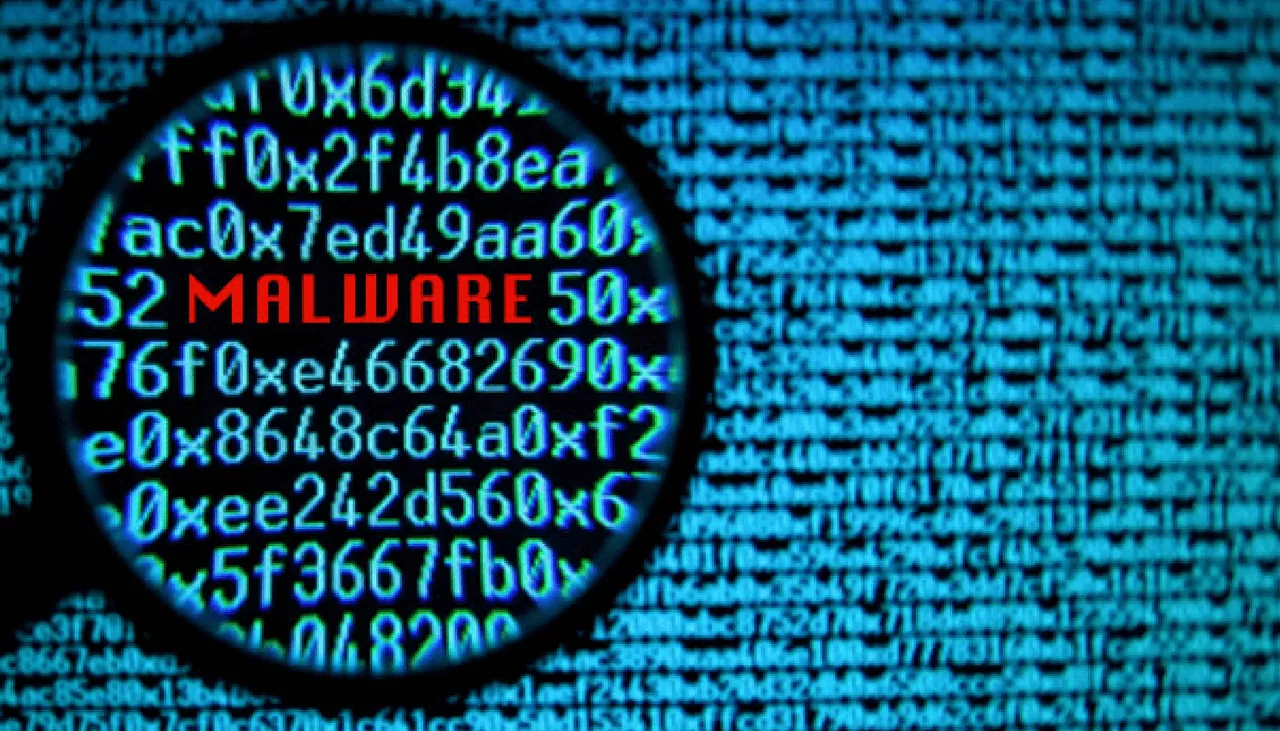
- DBSCHEMA FLAGS AS VIRUS PDF
- DBSCHEMA FLAGS AS VIRUS DRIVERS
- DBSCHEMA FLAGS AS VIRUS UPDATE
- DBSCHEMA FLAGS AS VIRUS OFFLINE
See 'p4 help networkaddress' for additional details on syntax. P4PORT strings can require either IPv4 or IPv6, or allow both (in which case they can specify a preference). Servers can now listen on either an IPv4 address or on an IPv6 address, and by listening on the IPv6 wildcard address () they can accept both IPv6 and IPv4 connections (if the host OS supports it). An IPv4 or an IPv6 address may be used wherever an address literal is allowed, and hostnames may now resolve to an IPv6 address. #521779 (Bug #11379) * ** *** IPv6 network connections are now fully supported (in addition to the existing IPv4 support). When a 'task' stream is completed it should be either deleted or unloaded, this keeps task meta-data to a minimum and reduces checkpoint time. Task streams come with some caveats, they cannot be re-parented, they cannot have child streams and private data (un-promoted) is not visible except to clients of the task.

Submitting revisions that are not simple branches will promote file data to regular (visible) database tables, otherwise most meta-data for the 'task' stream will remain private. This special type of stream behaves similarly to a 'development' stream except that branched data is not stored in the regular repository tables. This new type of branch is utilized by creating a stream of type 'task'. Deploy applications as WAR Tomcat Apps.ĭbSchema integrates multiple themes so you can personalize your interface.#555450 (Bug #59844) ** This release provides support for lightweight short-lived branches when using Perforce streams.

DBSCHEMA FLAGS AS VIRUS PDF
Alternatively they can run as JavaFx or PDF
DBSCHEMA FLAGS AS VIRUS UPDATE
Use DbSchema to update the database to the latest schema version.ĭbSchema can read Groovy or Java Scripts enabling you to easily automate tasks: You can generate SQL Scripts for every database modification. This enables you to open and modify the schema offline, then synchronize it when you connect to the database.Ĭhoose what happens with each difference found in the schema.Įasily convert your schema to a different database. Work on your database through secured connectionsĭbSchema is using it’s own image of the schema saved to the project file. Open and edit your schema without being connected to the database
DBSCHEMA FLAGS AS VIRUS DRIVERS
If the database you’re working with is not on our drivers list, upload its JDBC Driver in DbSchema Save the schema structure to the project file and you can reopen it without database connection.Ĭonnect to any relational database using JDBC Drivers Start a new project by reverse engineering the schema. Tables can be joined using normal or virtual foreign keys.Ĭan switch between LEFT, OUTER and EXITS joinsĬonnect to any Database & Reverse Engineer the Schema See and organize patterns from pattern repository.īuild SQL Queries visually, without having to write any line of code. A predefined repository of patterns will help you find the best data pattern for each column.ĭbSchema offers a wide variety of predefined patterns.ĭbSchema analyzes the column name and anticipates the data type. Generate test data in your database using configurable, random and reverse regular expression patterns. They also can be used in relational data browsing.Įasily access BLOB or CLOB files in DbSchema If your schema is missing foreign keys, create virtual foreign keys. Your data browse editor will be saved in the project file so you can access it next time you start DbSchema.Īpply filters and data sorting mechanisms to browse more efficiently View data from multiple tables simultaneously based on normal or foreign key relationships. There is no limit to how many tables can be opened at once. Use this simple tool to view data from multiple tables simultaneously, based on foreign keys. Use for each table a different color, place comment callouts.

Use different foreign key notation: Idefix, Barker, etc.
DBSCHEMA FLAGS AS VIRUS OFFLINE
Use the layouts to browse and edit the schema visually, without having to write any SQL queries.ĭouble-click any table directly in diagram to edit.Ĭreate new foreign keys by drag&drop of one table columnĭesign schema offline and create it later in databaseĭraw foreign key line from table to table or from column to column mode. Divide complex schemas into separate layouts (groups of tables) for a better representation of the database.


 0 kommentar(er)
0 kommentar(er)
